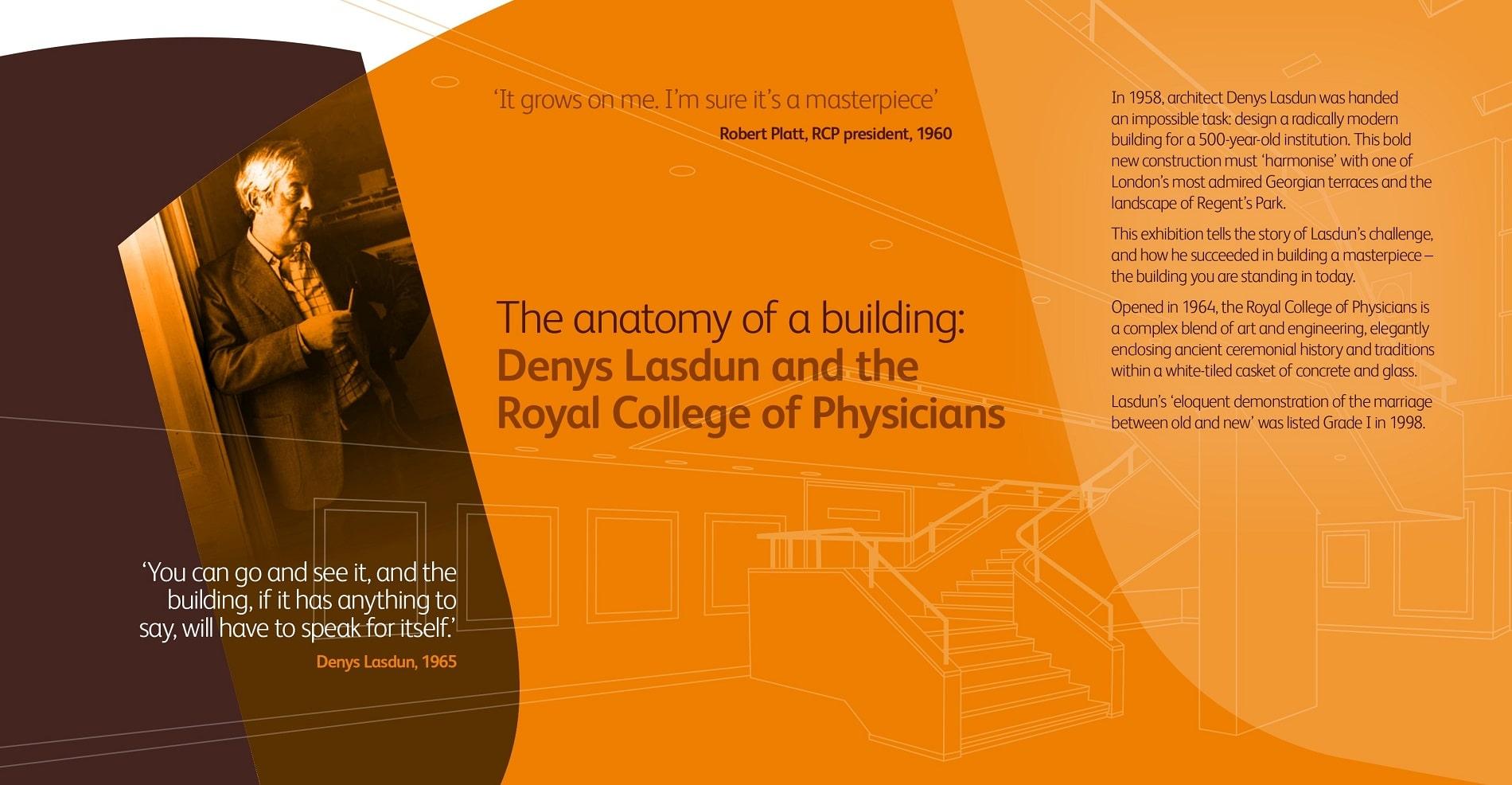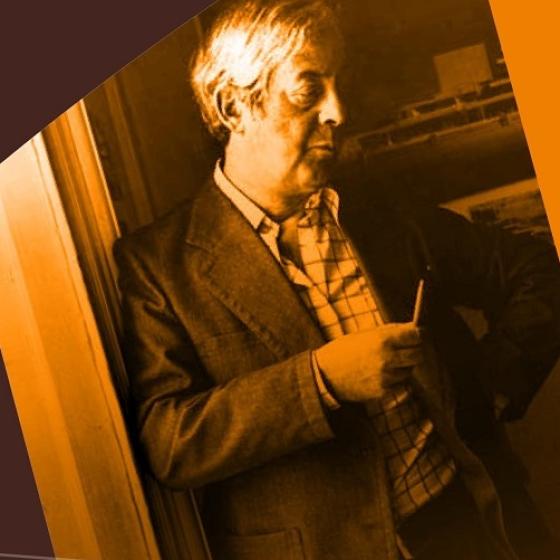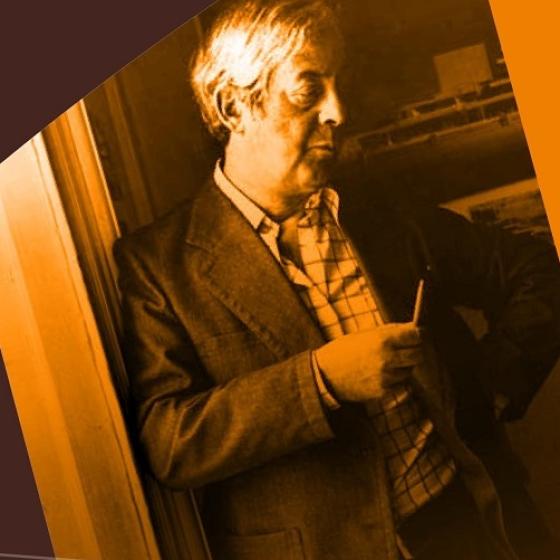Related pages
Goodbye Denys Lasdun
February 13 was, unluckily, the final day of our exhibition The anatomy of a building: Denys Lasdun and the Royal College of Physicians.
The birth of a building
The plans of architect Denys Lasdun grew and changed as he designed the RCP building at Regent's Park.
‘Respect the geometry’
On Wednesday 5 November 2014, the leading British architect of his generation, Norman Foster, addressed a packed lecture theatre at the Royal College of Physicians (RCP), and paid tribute to the great 20th century modernist architect Sir Denys Lasdun (1914–2001). Foster spoke as part of a public evening of celebration marking the 50th anniversary, to the day, of the opening of Lasdun’s RCP by Queen Elizabeth II in 1964.
How do you exhibit a building?
For fans of architecture, London really does have it all. Our capital city is bursting with so many architectural treasures, from those that have survived a millennium, to those at the vanguard of progress, with a bit of everything in between. At the same time, visitors to London’s superb museums and galleries are frequently treated to excellent exhibitions about all things architectural; recent highlights include those at the Royal Academy and the Royal Institute of British Architects.
Ancient college… modernist building
The RCP celebrates the 50th anniversary of its building with an exhibition, The anatomy of a building: Denys Lasdun and the Royal College of Physicians.






